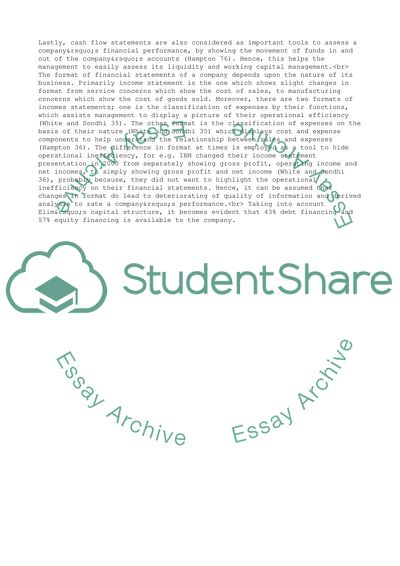Cite this document
(Managing Financial Resources in Elim Limited Case Study - 2, n.d.)
Managing Financial Resources in Elim Limited Case Study - 2. Retrieved from https://studentshare.org/management/1738441-managing-financial-resources-and-decisions
Managing Financial Resources in Elim Limited Case Study - 2. Retrieved from https://studentshare.org/management/1738441-managing-financial-resources-and-decisions
(Managing Financial Resources in Elim Limited Case Study - 2)
Managing Financial Resources in Elim Limited Case Study - 2. https://studentshare.org/management/1738441-managing-financial-resources-and-decisions.
Managing Financial Resources in Elim Limited Case Study - 2. https://studentshare.org/management/1738441-managing-financial-resources-and-decisions.
“Managing Financial Resources in Elim Limited Case Study - 2”, n.d. https://studentshare.org/management/1738441-managing-financial-resources-and-decisions.


